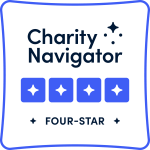Wisconsin’s SRF Disadvantaged Community Definition & Scoring Criteria
- Policy Category: State Revolving Funds, Water Funding
- State: Wisconsin
- Date Implemented: 11/1/2023
11/01/2023
“Disadvantaged Community” Definition and Tiered Principal Forgiveness Eligibility
Wisconsin’s “disadvantaged community” definition and the project prioritization process is outlined partially in state code and partially through the most recently published Intended Use Plans (IUPs). The Clean Water Fund Program (CWFP) and Safe Drinking Water Loan Program (SDWLP) implementation details are established in the governing statutes and administrative codes: ss. 281.58, 281.59, and 281.61, Wis. Stats., and chs. NR 162 and 166, Wis. Adm. Code. The disadvantaged communities, affordability criteria, and principal forgiveness allocation methodology is outlined on WI DNR’s website and specified within annual IUPs.
The data that Wisconsin uses to identify disadvantaged communities is quite robust compared to other states. They include: 1) population size, 2) median household income, 3) 200% family poverty percentage, 4) population trends, 5) county unemployment rate, and 6) lowest quintile household income upper limit. Each DAC criteria is awarded points based on clearly outlined parameters and are then totaled to score the percentage of principal forgiveness the project may qualify for.
The range for possible principal forgiveness ranges from 0-65%, with the potential for an additional 10% principal forgiveness based on additional factors, but no municipality can receive more than 70% of total project costs as principal forgiveness.
Caps on Principal Forgiveness
Wisconsin implements caps on how much principal forgiveness an SRF applicant can receive. In State Fiscal Year 2025, Clean Water projects were capped at $2,100,000, while Drinking Water projects were capped at $1,600,000. This does hamper the ability of larger systems/municipalities to access principal forgiveness at the same percentage as systems with lower total project costs.
More information can be found on WI DNR’s website
- Action Agency(ies): Wisconsin Department of Natural Resources
- Policy Champions: Milwaukee Water Commons
- Read the full policy language




